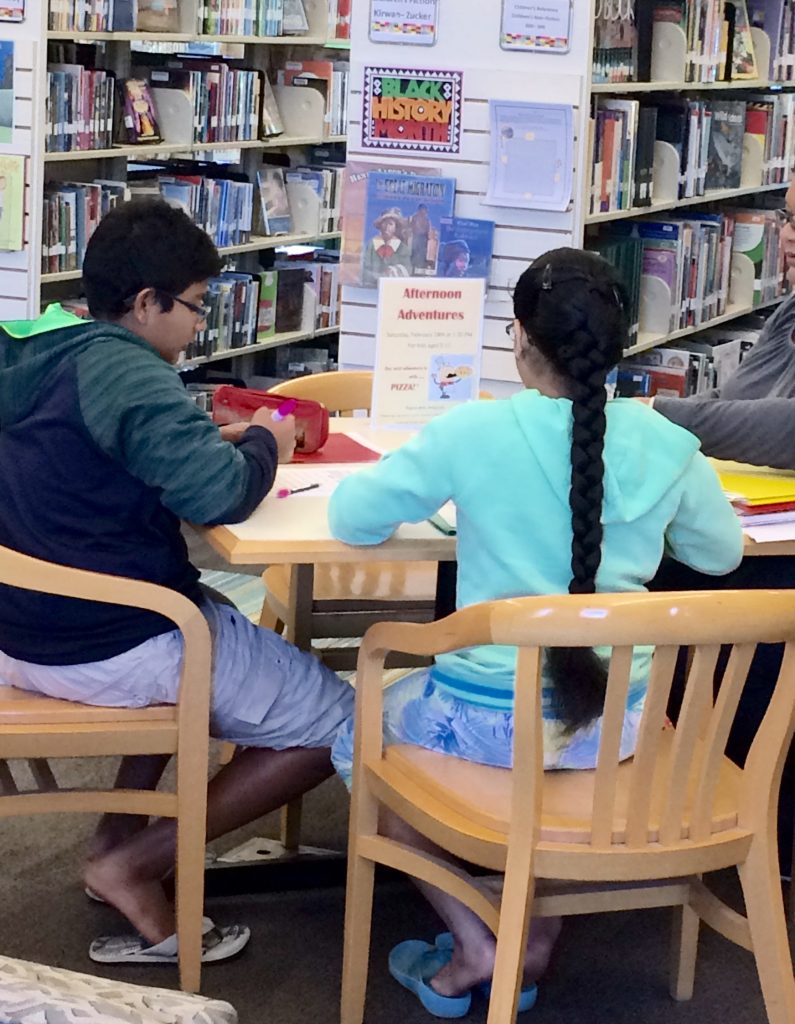Reciprocal teaching developed several years ago as part of cooperative group strategies. With this method of instruction, students and teachers share a role. They each lead a discussion about a given reading selection. It involves the strategies of prediction, question generating, summaries, and clarification.

Benefits of Reciprocal Teaching
It is a method to teach students how to glean important concepts from a particular reading selection. Equally, reciprocal teaching works with both fiction and non-fiction text. In addition, it helps students improve their reading ability. And, it promotes interactive instruction. Through reciprocal teaching, students build long-term skills and experiences. Therefore, by assuming the role of the teacher, they learn strategies that lead to more precise comprehension. Also, students learn the skills of teamwork, negotiation, communication and collaborative skills.
• It encourage metacognition. Students think through their own thought process.
• Additionally, students are active in the reading discussion.
• It encourages students on how to ask questions. Thus, a richer comprehension level is achieved.
Constructivist Method
First and foremost, it is based on the constructivist method of teaching and learning. The reciprocal teaching method underlies the premise that students draw their own meaning from what they read. They build their understanding based on prior knowledge and group conclusions. Through discussions, learners practice to verbalize their thinking while they read.
While reciprocal teaching usually is best with older students, primary students also benefit. However, very few primary teachers utilize comprehension strategies. But, effective comprehension instruction creates independent metacognitive readers. To achieve this goal, begin reciprocal teaching as soon as students begin to read. Instruction must be explicit and intense. Students become aware of text organization. A simplistic form of this method features teaching beginning, middle, and end of text. Story elements also include characters, setting and theme.
Reciprocal teaching is an important process of reading any text. With better comprehension skills students become more aware of what they are reading. It encourages them to think about their own thinking while they read. It teaches them to question.




